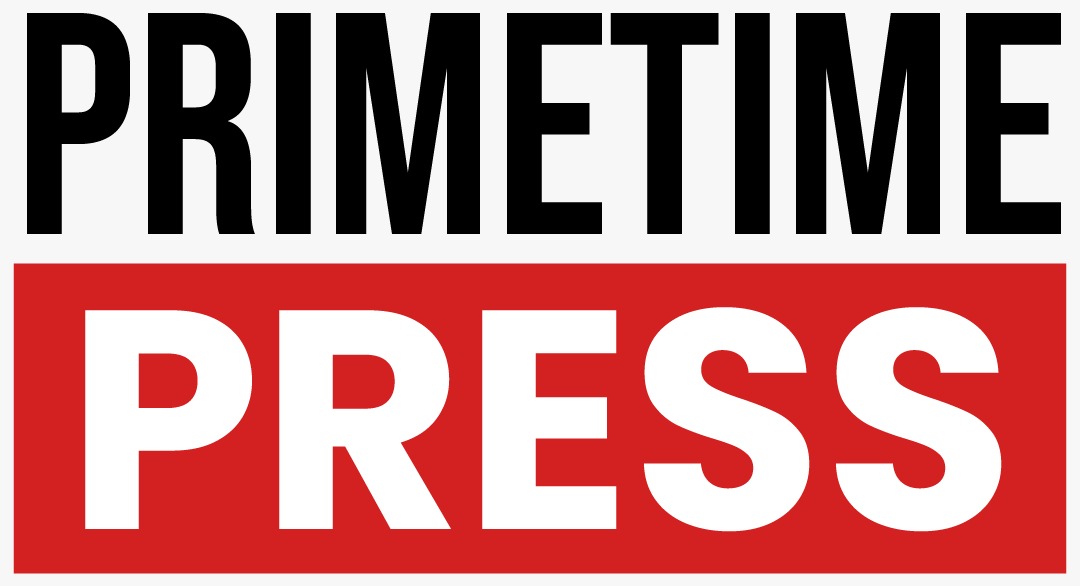On October 17, the U.S. Supreme Court revealed that its funding would be exhausted by October 18 due to the ongoing federal government shutdown, leading to a major disruption in its operations. This unprecedented situation has raised concerns about the ability of the Court to continue its essential functions. With the shutdown still unresolved, the Court finds itself in a precarious financial position, potentially unable to carry out its duties as the highest judicial authority in the land. This comes at a particularly challenging moment, as the Court is scheduled to hear oral arguments on November 5 in a high-stakes case concerning President Trump’s authority to impose sweeping tariffs. The case, which has significant political and economic ramifications, underscores the importance of the Court’s role at this critical juncture.
The shutdown, which has been ongoing for weeks, has resulted in a suspension of appropriations for many federal agencies, including the judiciary. While many government services and agencies have been affected by the shutdown, the Supreme Court’s situation is particularly alarming due to the vital constitutional role it plays. As a result of the lack of funding, the Court faces operational hurdles, including the inability to pay staff, carry out administrative tasks, and maintain the functionality of its complex legal and procedural systems. This disruption comes at a time when the Court’s operations are under intense scrutiny, particularly as it prepares to hear a case that could have far-reaching consequences for U.S. trade policy and international relations.
The case set to be argued in early November challenges the power of President Trump to unilaterally impose tariffs on imports, a move that could have profound impacts on U.S. economic interests, trade agreements, and relations with global partners. The outcome of this case is expected to influence future executive powers and could reshape the approach the U.S. takes toward international trade. The timing of the funding shortfall is especially critical, as the Supreme Court’s involvement in such a high-profile issue requires the Court to be able to operate effectively and efficiently. With the shutdown jeopardizing this functionality, questions arise about how the Court can carry out its duties under such financial strain.
While other parts of the federal government have been affected by the shutdown, the judiciary faces its own unique challenges. The U.S. Supreme Court, as the final arbiter of constitutional disputes, has an essential responsibility to interpret the law and ensure that justice is served. Any disruption in its ability to function could undermine public confidence in the system and create legal uncertainties in the nation’s most important cases. As the Court nears the date for oral arguments in a highly consequential case, the urgency of the situation becomes more evident.
The financial difficulties faced by the Supreme Court are a stark reminder of the broader consequences of the ongoing government shutdown. While the shutdown primarily impacts agencies that provide direct services to the public, its effects are also felt at the highest levels of government. The judicial branch, often regarded as separate from the political machinations of Congress and the executive, is now facing unprecedented challenges in maintaining its operations and upholding the law. If the funding shortfall is not addressed soon, the Court’s ability to continue hearing cases or making key rulings could be severely limited, potentially stalling crucial legal processes and denying timely access to justice.
As the shutdown persists and the Supreme Court’s funding runs out, the tension between political deadlock and the need for an operational government has reached a critical point. The financial impact on the judiciary highlights the vulnerabilities of federal institutions in times of budgetary crises. With critical cases like the tariff dispute looming, the question remains as to how the Court will navigate these funding challenges and whether it will be able to fulfill its constitutional duties.
This situation also raises important questions about the future of the federal government’s budgeting and appropriations process. The ongoing shutdown and the looming financial crisis for the Supreme Court serve as a stark reminder of the potential consequences of political gridlock. As the nation’s highest court faces the possibility of operational disruptions, the urgency of finding solutions to end the shutdown and ensure the continued functioning of government institutions becomes even more pressing. The ability of the U.S. Supreme Court to function without interruption is crucial not only to the legal system but to the broader stability of democratic institutions in the United States.

